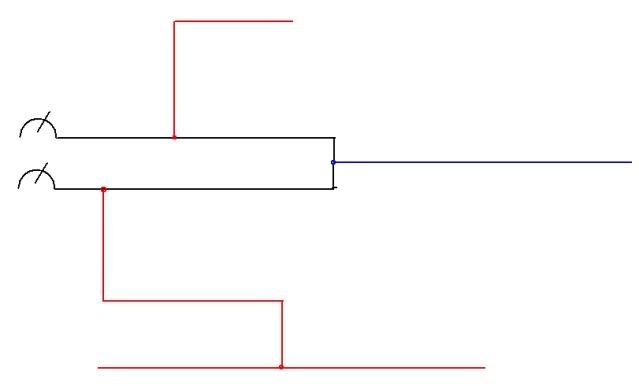Never underestimate the power of the hacks!
It is actually an easy mistake to make.
Two rooms, different circuits, sharing a common wall. Someone puts a jumper where it shouldn't be and, there you go. They end up on the same leg and it may be a while before someone catches it.
I've seen it a few times. I usually find it in a troubleshoot when I can't get a circuit to turn off. I found it a couple times on a service change when the circuits ended up on opposite legs.


